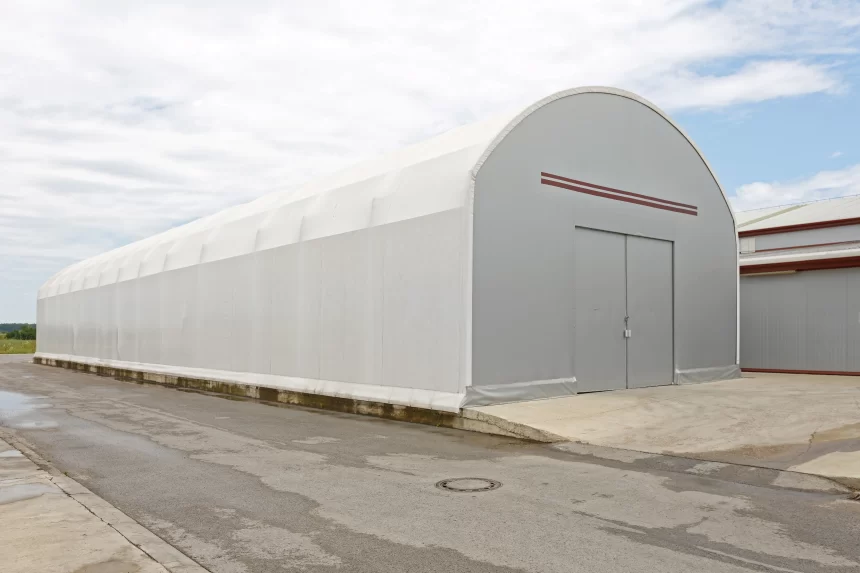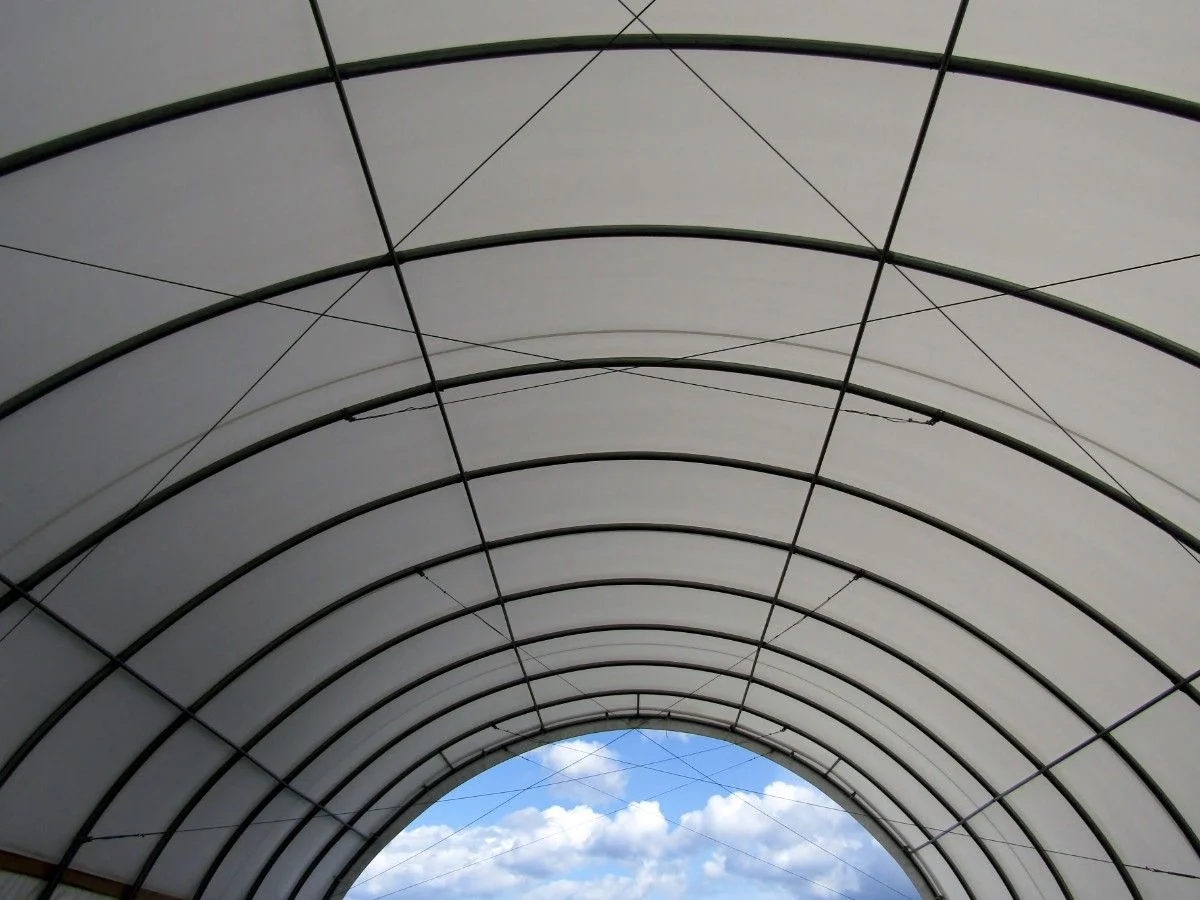In the ever-evolving landscape of business infrastructure, a revolutionary shift is underway, altering the way companies think about their physical space needs. Amidst this transformation, fabric buildings emerge as a beacon of innovation, offering a compelling blend of flexibility, efficiency, and sustainability that traditional structures struggle to match.
This article delves into the world of fabric buildings, shedding light on why they are becoming an increasingly smart investment for businesses across a myriad of sectors.
What Are Fabric Buildings?
Fabric buildings are a type of construction that utilizes fabric as the primary material for the roof and sometimes the walls, supported by a rigid frame that can be made of steel, aluminium, or other materials. These structures are known for their versatility, durability, and cost-effectiveness. In addition, the fabric used in engineered fabric buildings is high-strength and weather-resistant. It can cover a large area without the need for internal support columns, providing a clear span of interior space.
Advantages Of Fabric Buildings
Fabric buildings present a compelling proposition for businesses across various sectors, offering an innovative, strategic investment that aligns with the demands of the world today. Here are reasons why you should also consider it:
1.Cost Efficiency
One of the primary reasons fabric buildings are ideal for businesses is their cost-effectiveness. The initial investment in a fabric building is generally lower than that of traditional construction due to the materials used and the efficiency of the building process.
Additionally, the operational costs associated with fabric buildings, including maintenance and energy consumption, are significantly reduced. Natural light permeability minimizes the need for artificial lighting, while the materials’ insulation properties can help control interior temperatures.
2. Rapid Deployment
The speed at which fabric buildings can be constructed and become operational is a substantial benefit for businesses. Unlike traditional buildings, which may take months or years to complete, fabric buildings can be erected in a fraction of the time.
This rapid deployment allows businesses to respond quickly to market demands, scale operations, or pivot their operational focus with minimal downtime, providing a competitive edge in fast-moving industries.
3. Flexibility And Scalability
The design of fabric buildings allows for quick modifications to accommodate changing business needs or operational requirements. Walls can be added or removed, and spaces can be reconfigured with relative ease compared to traditional structures.
Moreover, a single fabric building can serve multiple purposes over its lifespan, from a storage facility to a retail space or an event venue, providing businesses with the flexibility to repurpose the structure as market demands or business models evolve.
4. Durability And Low Maintenance
Despite their lightweight construction, fabric buildings are designed for durability and longevity. The materials used are resistant to corrosion, UV radiation, and extreme weather conditions, ensuring that the buildings remain in good condition over time with minimal maintenance. This resilience translates to lower long-term costs and less operational disruption for maintenance and repairs.
5. Environmental Sustainability
Sustainability is increasingly becoming a crucial consideration for businesses, both from an operational efficiency standpoint and corporate responsibility perspective. Fabric buildings score high in this regard due to their energy-efficient design, use of recyclable materials, and lower carbon footprint compared to traditional construction.
6. Versatile Applications
Fabric buildings offer unparalleled versatility across various industries, making them an ideal choice for businesses seeking adaptable, efficient, and cost-effective spatial solutions. Their broad range of applications spans warehousing and logistics, manufacturing, retail and commercial spaces, agriculture, sports and recreation, education, aviation, and emergency or military uses.
7. Branding Opportunities
The flexibility of fabric materials allows for innovative and eye-catching designs that can stand out or blend in with natural surroundings, offering aesthetic advantages over more conventional structures. In addition, the exterior of fabric buildings can be customized with company colors, logos, or other branding elements, serving as a large-scale marketing tool and enhancing brand visibility.
8. Improved Indoor Air Quality
The ventilation in fabric buildings can be superior to traditional structures, contributing to better indoor air quality (IAQ). Natural ventilation can be designed into the structure, taking advantage of the building’s shape and the properties of the fabric to enhance airflow. This is particularly beneficial in industries where air quality is a concern, such as agriculture with livestock housing or industrial applications with chemical usage.
Conclusion
As businesses face the challenges of the 21st century, including the need for agility, sustainability, and resilience, fabric buildings emerge as a strategic choice that can support these objectives. Investing in fabric buildings is not just a smart move for immediate operational needs but a forward-thinking decision that positions businesses for success in a rapidly evolving market landscape.











